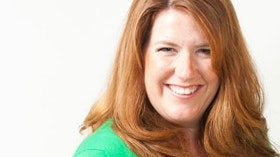Homepage
•
Learning Library
•
Blog
•
You don't have to be a scientist to incorporate STEM
Expand breadcrumbs
Expand breadcrumbs
- Learning Library
- Blog
- You don't have to be a scientist to incorporate STEM
- Homepage
- •
- Learning Library
- •
- Blog
- •
- You don't have to be a scientist to incorporate STEM
You don't have to be a scientist to incorporate STEM
By Sharleen Nelson
December 18, 2014








